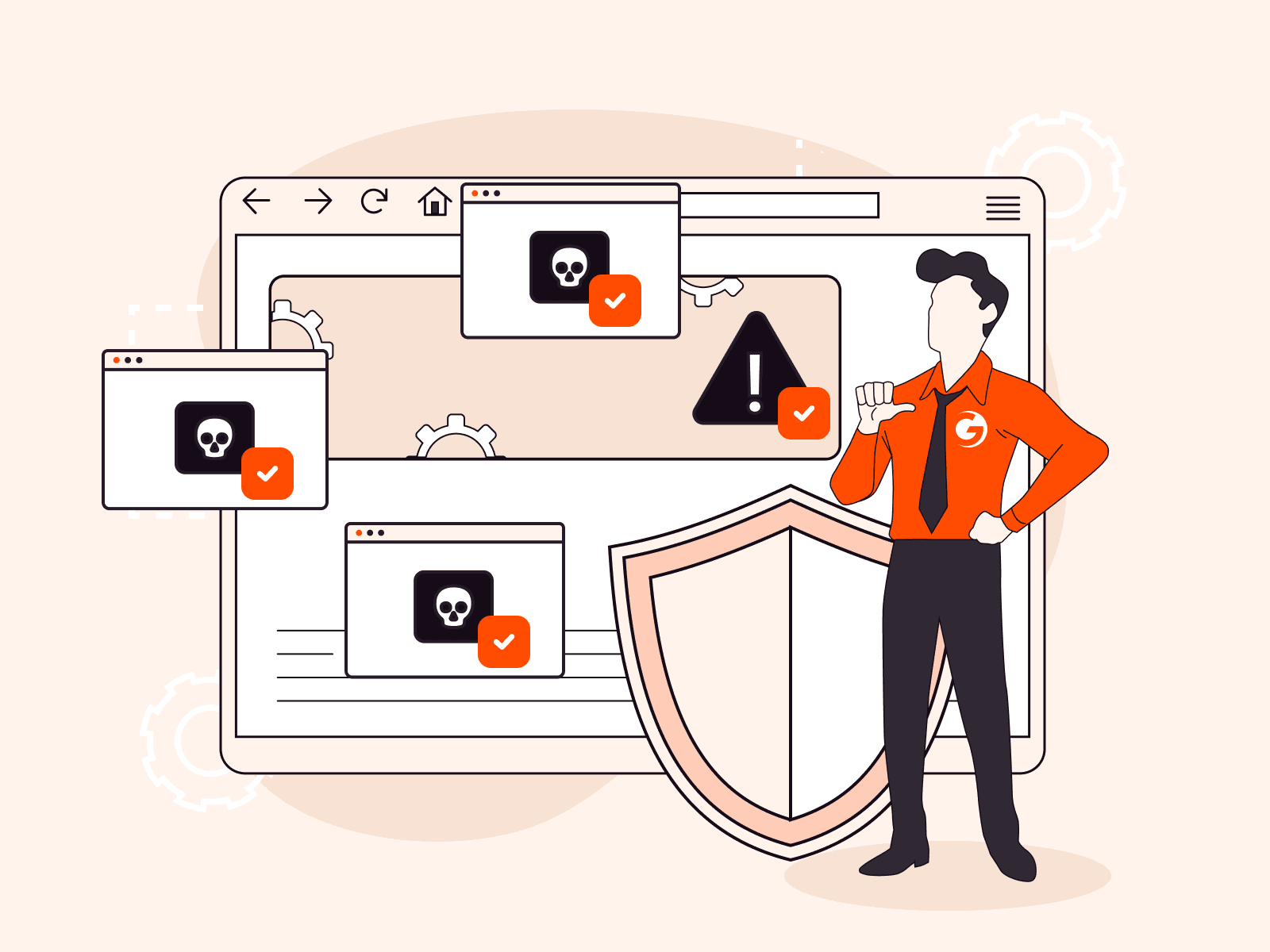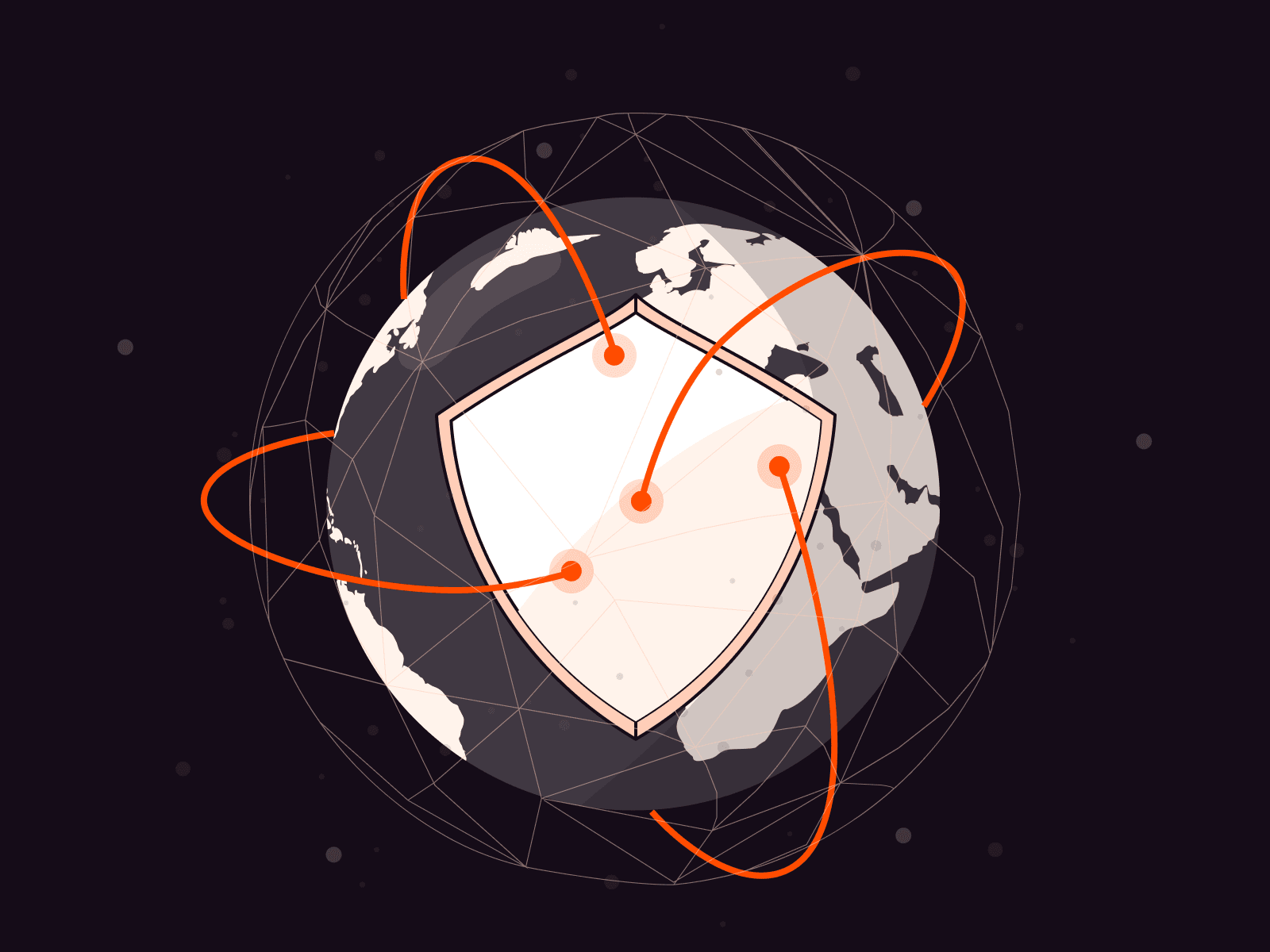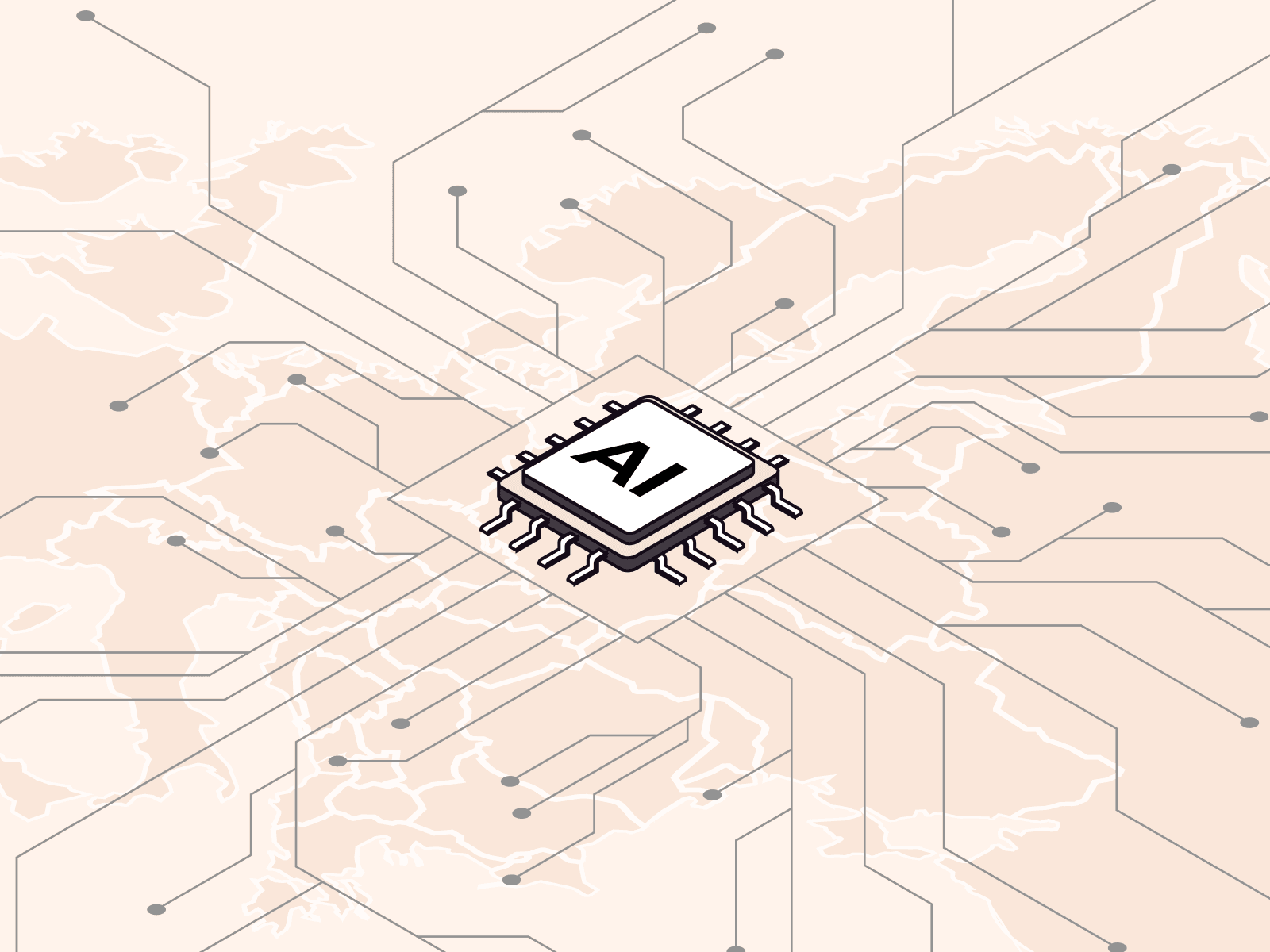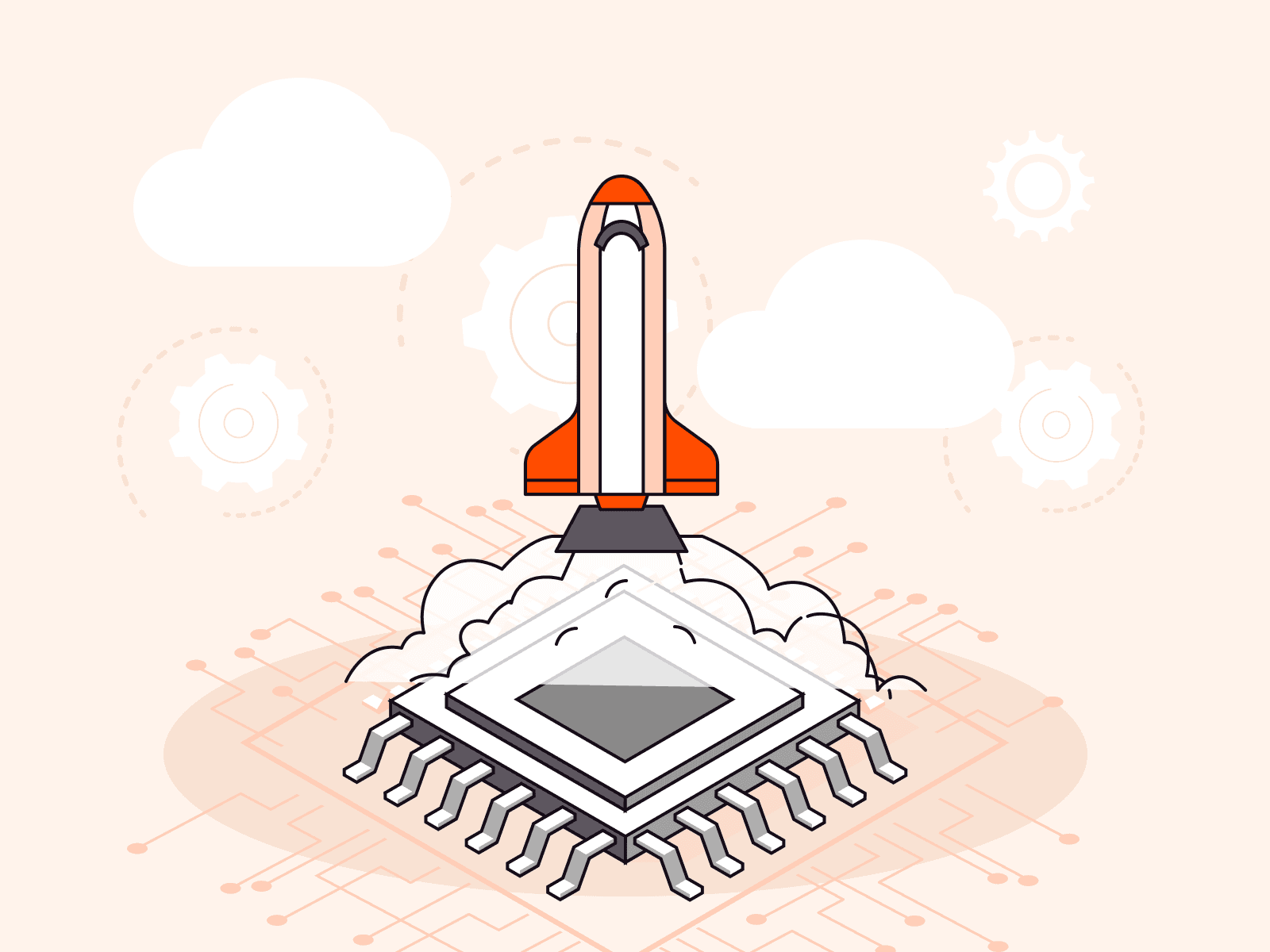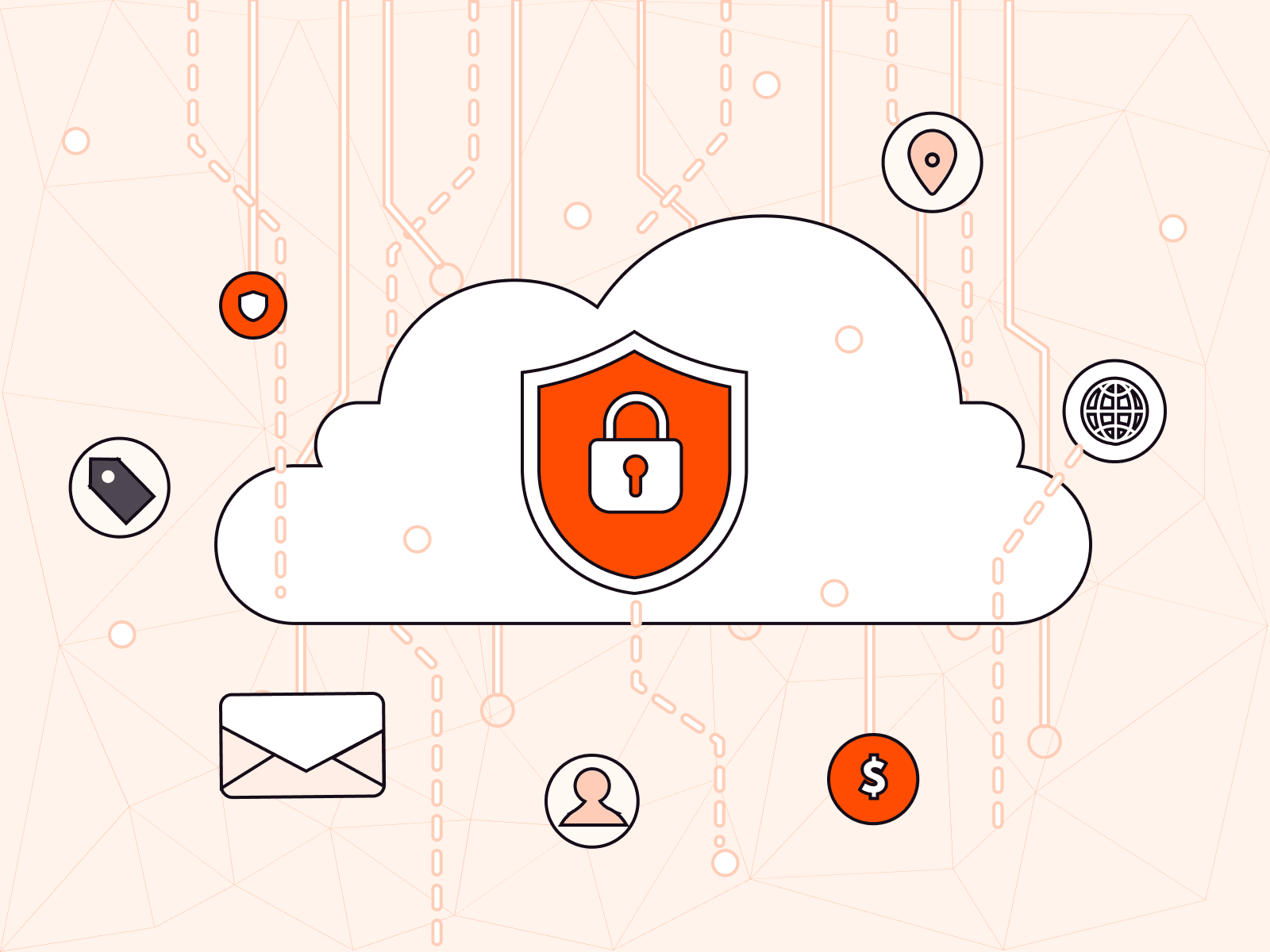How to balance security and user experience
- February 18, 2025
- 4 min read

The greatest security paradox likely to be faced by businesses in 2025 and beyond is maintaining cybersecurity strong enough to be effective without negatively impacting user experience. Digital-first landscapes require strong measures against sophisticated threats, while customers and employees alike want ease of interaction when using online services. Finding a balance between these apparently conflicting requirements is key to maintaining industry reputation, building trust, and satisfying customers.
To address this challenge, organizations are turning to emergent technologies and forward-thinking strategies. Passwordless authentication, adaptive security models, and invisible AI-driven threat detection are just a few examples of solutions that are rewriting the way businesses secure their systems without compromising user-friendly experiences.
Why security versus usability is a growing challenge
The trade-off between security and usability is today a higher priority concern than ever before. Security needs to meet strict regulatory demands with new AI regulations on top of existing data protection laws, a continued rise in cybercrime including AI-powered attacks, and a low tolerance for breaches on the part of both businesses and their customers. For these reasons, organizations have traditionally favored strong defense, often at the expense of user experience.
But in an increasingly consumer-driven world, frustrating logins, excessive authentication, and chunky security measures can turn users off, leading to revenue loss and eroded trust. Users have little patience for friction, demanding intuitive and near-instant access whether to a banking app, e-commerce site, or corporate platform. Security measures that are too intrusive or cumbersome chase away both customers and employees while inflating support costs.
This dual pressure calls for a paradigm shift: security must be seamless, proactive, and integrated into the user journey rather than an obstructive layer.
3 practical methods for balancing security and usability
The balance between user satisfaction and security is being calibrated in the context of new technological advancements. Implementing sophisticated but user-friendly solutions can improve an organization’s security and enhance usability. Organizations can look to implement passwordless authentication, adaptive authentication and risk-based access, and AI-powered threat detection to help balance cybersecurity with customer experience.
1: Passwordless authentication
Passwords are frequently a weak link in security. Reused, forgotten, or phished credentials open businesses to a huge amount of risk. Password management creates friction for users, from frequent resets to complex requirements.
Passwordless authentication negates this problem entirely. Biometrics—such as fingerprints, facial features, hardware tokens, or single sign-on mechanisms—promise convenient and secure user authentication.
Beyond usability, passwordless systems are, by design, resistant to credential theft, phishing, and brute-force attacks. They also cut IT support costs related to password recovery. But as these systems become more widely deployed, it will be paramount for businesses to make sure that biometric data and token mechanisms uphold trust via secure storage and transmission.
2: Adaptive authentication and risk-based access
Not all users or actions are created equal, and not all are worthy of the same amount of scrutiny. Adaptive authentication dynamically adjusts security measures in real time based on context. For example, a user accessing an account from their usual device and location may only need to take a single login step. If the user logs in from an unfamiliar country or unrecognized device, other verification steps can be called on, such as one-time passcodes or even a biometric check.
Risk-based access further analyzes behavioral patterns, device reputations, and other signals to gauge the chance of malicious activity. With these systems, AI flags anomalies with minimal or no disruption to the legitimized users. Adaptive models minimize friction for the great majority of users while keeping security high.
3: AI-powered threat detection
AI is revolutionizing threat detection and mitigation. Advanced systems monitor a vast amount of data, identify patterns, and predict attacks before they happen. The distinguishing feature of modern security tools driven by AI is that this can all be done invisibly without touching the user experience.
For example, AI can detect credential-stuffing attempts through login pattern analysis or block DDoS (distributed denial-of-service) attacks by identifying spikes in anomalous traffic. These solutions fit nicely behind the scenes in your current infrastructure and provide protection without requiring user input or knowledge.
This invisible layer of AI defense is increasingly helpful for enterprises serving a diverse array of users, from retail customers to corporate employees, all of whom expect security to be a back-end process, not a barrier to use. Third-party AI cybersecurity tools, like cloud WAAP, are making the adoption of this technology increasingly available and simple.
Practical steps for implementation
The key to the successful integration of these solutions is being strategic in implementing technology so that it aligns with organizational goals. The following steps can get your company started.
- Current system audit: Review current security measures regarding pinpointing specifically where the measures are hurting user experience by accounting for feedback from users in production, along with incident response times.
- Prioritize investments: Your organization must decide which will have the most impact—passwordless authentication or an AI-driven monitoring toolset, for example—and whether they will scale with existing infrastructure.
- Train employees regularly: Employees should be trained on the latest cybersecurity measures implemented within the company. This includes developing an awareness of where new tools are being implemented and how they fit into existing systems. Human error is the top breach vector, so awareness is critical.
- Engage stakeholders: IT and security teams must work closely with business leadership to ensure alignment with organizational priorities.
Balance security and UX with Gcore Edge Security
Balancing security and usability isn’t about compromise; it’s about finding synergy. Advanced tools, such as passwordless authentication, adaptive access control, and AI-driven threat detection, are proving that strong defenses don’t have to come at the expense of user experience. As companies invest in these technologies, they also need to invest in integration and scalability. Security measures should grow with emerging user needs and threats. Only then can success be achieved in the long run.
We offer solutions designed to overcome these challenges. By coupling AI-powered and machine learning technologies with solutions to minimize user inconvenience, Gcore WAAP and DDoS Protection can provide your business with the confidence to secure your systems without disrupting users.
Related articles
Subscribe to our newsletter
Get the latest industry trends, exclusive insights, and Gcore updates delivered straight to your inbox.

